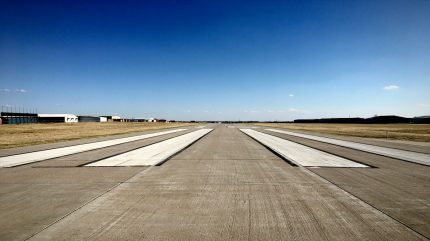
Dubai Aviation Engineering Projects has received approval for designs of the new passenger terminal at Al Maktoum International (AMI) Airport in the United Arab Emirates (UAE).
Dubai Ruler and Prime Minister Sheikh Mohammed bin Rashid Al Maktoum reviewed the master plan and designs for the airport himself.
The new terminal is expected to be constructed at a cost of Dh128bn ($34.85bn).
The project is intended to increase the airport’s capacity to accommodate up to 260 million passengers each year.
Dubai Civil Aviation Authority chair and Dubai Aviation City Corporation chair Sheikh Ahmed bin Saeed Al Maktoum noted that the airport expansion will span 70km².
The development will include the construction of five parallel runways, designed for quadruple independent operation.
The updated airport will feature both west and east processing terminals and four satellite concourses with more than 400 aircraft contact stands.
This expansion is expected to enhance the airport’s cargo handling capabilities as well, with an annual capacity of 12 million tonnes.
An uninterrupted automated people mover system will be implemented to ensure efficient and comfortable transit for passengers within the airport.
Additionally, the airport will be integrated with a landside transport hub, which will include road, metro, and city air transport connections.
Saeed Al Maktoum said: “While embracing sustainability, Al Maktoum International will strongly contribute to mitigate environmental emissions, aligning with the UAE’s vision for a sustainably built environment.
“Its integrated approach is targeted to leverage local resources and climatic conditions achieving exemplary efficiency targets and sustainability goals. AMI aims to achieve a LEED [Leadership in Energy and Environmental Design] Gold Certification.”


